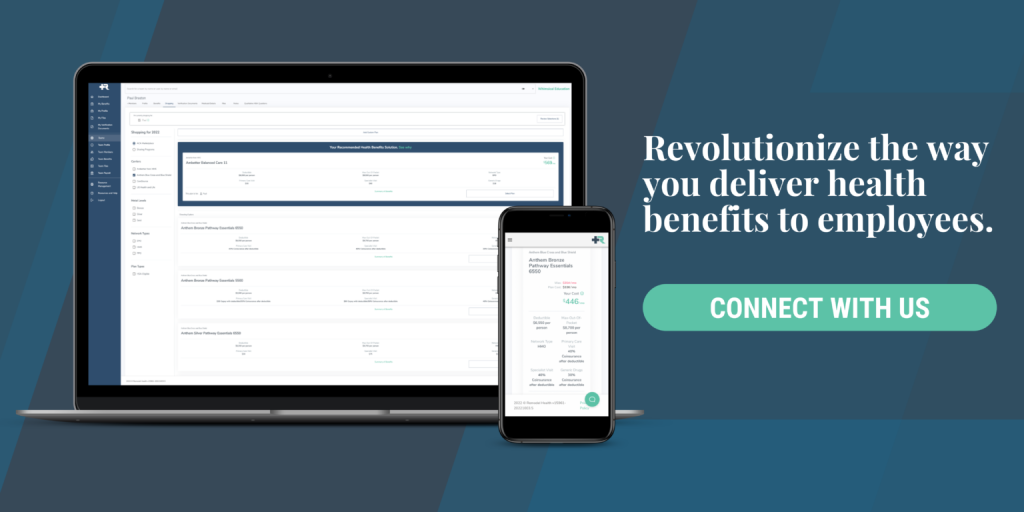
In today’s competitive and constantly evolving business landscape, effective cost control and optimization are critical for organizations seeking long-term success and profitability. As the CFO, you play a pivotal role in driving cost management initiatives and ensuring your company remains financially healthy. In this blog post, we will explore CFO best practices for cost control and optimization, focusing on strategic approaches, technology adoption, and fostering a cost-conscious culture within your organization.
1. Strategic Cost Management: Aligning Cost Initiatives with Business Goals
As a CFO, it’s important to adopt a strategic approach to cost management that aligns with your organization’s overall goals and objectives. To do this, consider the following best practices:
- Prioritize Initiatives: Identify and prioritize cost control initiatives based on their potential impact on your organization’s bottom line and alignment with strategic goals.
- Long-Term Perspective: Focus on long-term cost optimization strategies rather than short-term cost-cutting measures, ensuring sustainable growth and profitability.
- Regular Reviews: Conduct regular reviews of your cost management initiatives to assess their effectiveness and make necessary adjustments.
- Cross-Functional Collaboration: Engage with leaders across the organization to develop and implement cost control strategies that align with each department’s goals and objectives.
2. Data-Driven Decision-Making: Leveraging Analytics and Reporting
Data-driven decision-making is essential for effective cost control and optimization. By leveraging analytics and reporting tools, CFOs can gain valuable insights into their organization’s financial performance and identify areas for improvement. Consider these best practices for data-driven cost management:
- Advanced Analytics: Utilize advanced analytics tools to analyze financial data and identify trends, anomalies, and potential cost-saving opportunities.
- Real-Time Reporting: Implement real-time reporting systems that provide up-to-date financial information, enabling proactive decision-making and cost management.
- KPI Monitoring: Establish and monitor key performance indicators (KPIs) related to cost control and optimization, using this data to drive decision-making and performance improvement.
- Data Visualization: Leverage data visualization tools to communicate complex financial information to stakeholders in an easily digestible format, facilitating informed decision-making.
3. Technology Adoption: Implementing Cost-Efficient Solutions
Incorporating technology into your cost control and optimization strategies can drive efficiency and reduce costs across your organization. Consider these best practices for adopting cost-efficient technology solutions:
- Automation: Identify repetitive, manual processes within your organization that can be automated to reduce labor costs, streamline workflows, and improve efficiency.
- Cloud-Based Solutions: Migrate to cloud-based systems and software to reduce IT infrastructure costs, improve scalability, and enhance data security.
- Integrated Systems: Implement integrated financial management systems that consolidate data from multiple sources, providing a single source of truth for financial decision-making and analysis.
- Vendor Evaluation: Regularly assess the cost-effectiveness of your technology vendors and explore alternative solutions that may offer improved functionality, cost savings, or both.

4. Fostering a Cost-Conscious Culture: Engaging Employees in Cost Management
Cultivating a cost-conscious culture within your organization is key to ensuring the success of your cost control and optimization initiatives. Engage employees at all levels in cost management efforts with these best practices:
- Education and Awareness: Educate employees about the importance of cost control and optimization, providing them with the knowledge and tools they need to contribute to cost-saving efforts.
- Incentivize Cost Savings: Implement incentive programs that reward employees for identifying and implementing cost-saving measures, fostering a sense of ownership and accountability.
- Collaborative Problem Solving: Encourage cross-functional collaboration and problem-solving to identify and address cost-related challenges across the organization.
- Open Communication: Maintain open lines of communication between employees and leadership, ensuring that cost-saving ideas and concerns are heard and addressed promptly.
5. Streamlining Processes: Identifying and Eliminating Inefficiencies
Efficient processes are crucial for effective cost control and optimization. As a CFO, it’s important to identify and eliminate inefficiencies across your organization by:
- Process Mapping: Conduct process mapping exercises to gain a thorough understanding of your organization’s workflows, identify bottlenecks and inefficiencies, and develop strategies for improvement.
- Continuous Improvement: Adopt a continuous improvement mindset, regularly evaluating and refining processes to drive efficiency and cost savings.
- Outsourcing and Shared Services: Consider outsourcing or establishing shared service centers for non-core functions, enabling your organization to focus on core competencies and reduce costs.
- Lean Management: Implement lean management principles to eliminate waste, streamline processes, and optimize resource utilization.
6. Vendor Management: Optimizing Procurement and Supply Chain Costs
Effective vendor management can lead to significant cost savings and optimized procurement processes. To enhance your organization’s vendor management practices, consider these best practices:
- Strategic Sourcing: Adopt a strategic approach to sourcing, evaluating suppliers based on factors such as cost, quality, delivery, and reliability to ensure the best value for your organization.
- Centralized Procurement: Implement centralized procurement processes to leverage economies of scale, reduce duplication, and achieve better pricing from suppliers.
- Vendor Performance Monitoring: Establish systems for monitoring vendor performance, ensuring that suppliers are meeting contractual obligations and delivering the best value.
- Collaborative Partnerships: Build collaborative partnerships with key suppliers, fostering open communication, and promoting innovation and cost-saving initiatives.
7. Risk Management: Mitigating Financial Risks and Uncertainty
Effective cost control and optimization also involve proactively managing financial risks and uncertainty. Adopt these best practices to enhance your organization’s risk management capabilities:
- Risk Assessment: Conduct regular risk assessments to identify potential financial risks and develop mitigation strategies.
- Scenario Planning: Utilize scenario planning techniques to model potential financial outcomes and inform decision-making in the face of uncertainty.
- Diversification: Diversify your organization’s revenue streams, customer base, and supply chain to reduce the impact of potential financial risks.
- Contingency Planning: Develop contingency plans to address potential financial crises, ensuring your organization can continue to operate effectively in the face of adversity.
As a CFO, your role in driving cost control and optimization initiatives is crucial to your organization’s long-term success and profitability.
By adopting best practices in strategic cost management, data-driven decision-making, technology adoption, and fostering a cost-conscious culture, you can ensure your company remains financially healthy and competitive in the marketplace.
In addition, focusing on streamlining processes, optimizing vendor management, and proactively managing financial risks will further enhance your organization’s cost control capabilities, positioning your company for sustainable growth and success.

Important Notice: Remodel Health does not intend to provide specific insurance, legal, or tax advice. Remodel Health always recommends consulting with your own professional representation to properly evaluate the information presented and its appropriate application to your particular situation.
